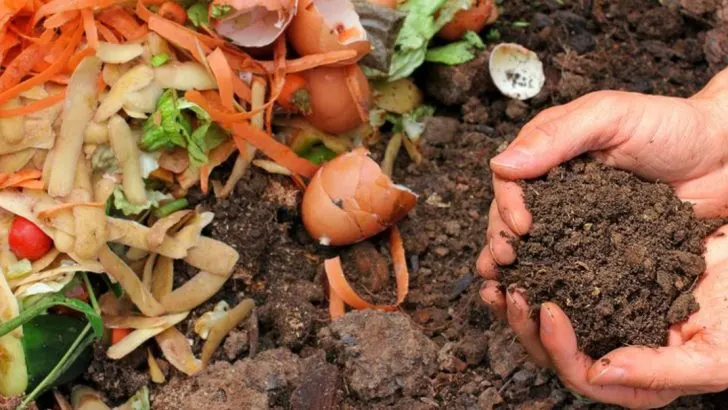Gardening is not just about plants – it’s also great for your mental well-being! Discover 18 gardening activities that can help relieve stress, boost mood, and promote relaxation, making your garden a true sanctuary for both body and mind.
Planting a Herb Garden
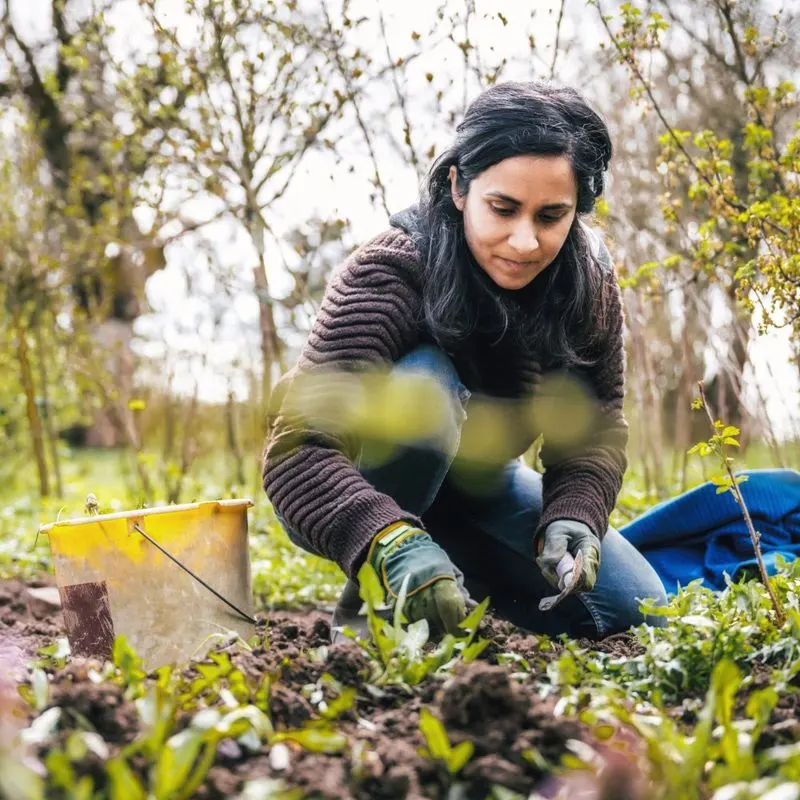
Cultivating a herb garden can be a rewarding endeavor that stimulates your senses. Imagine the aroma of fresh basil or mint wafting through your space, providing an instant mood lift. Herbs are not only easy to grow but also useful in everyday cooking, offering a dual benefit.nnTending to these plants encourages mindfulness, allowing you to focus on the present moment. It’s a sensory experience as you touch, smell, and eventually taste the fruits of your labor. The simplicity of nurturing herbs fosters a calming environment, perfect for mental rejuvenation and reducing stress levels.
Creating a Butterfly Garden
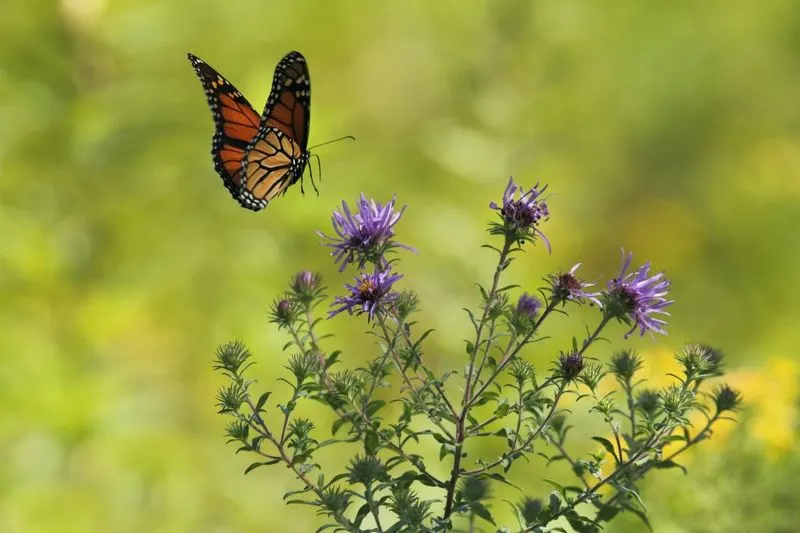
Designing a butterfly garden invites nature to your doorstep, creating a vibrant and lively atmosphere. Watching butterflies flutter among the flowers can be a joyful experience, bringing about a sense of peace and wonder.nnChoose a variety of nectar-rich flowers to attract different butterfly species, adding diversity and color to your garden. The process of selecting and planting these flowers is an exercise in creativity and patience. This activity not only enhances your outdoor space but also supports biodiversity, giving you a sense of purpose and connection to the natural world.
Composting Kitchen Waste
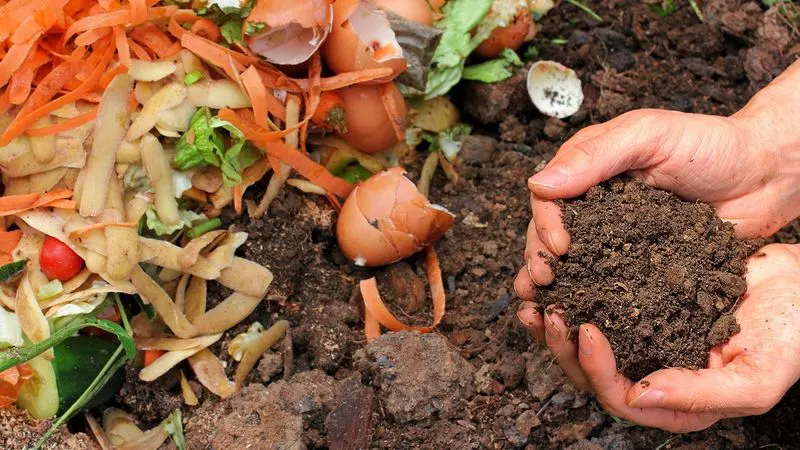
Composting transforms waste into nutrient-rich soil, demonstrating the cycle of life and renewal. This eco-friendly practice reduces household waste while enriching your garden soil, providing a sense of accomplishment and environmental stewardship.nnThe act of composting requires attention and care, encouraging a routine that can be meditative. Observing the transformation from waste to compost fosters patience and a deeper appreciation for nature’s processes. It’s a tangible way to contribute positively to the environment, enhancing your garden’s health and your own mental well-being.
Building a Zen Garden
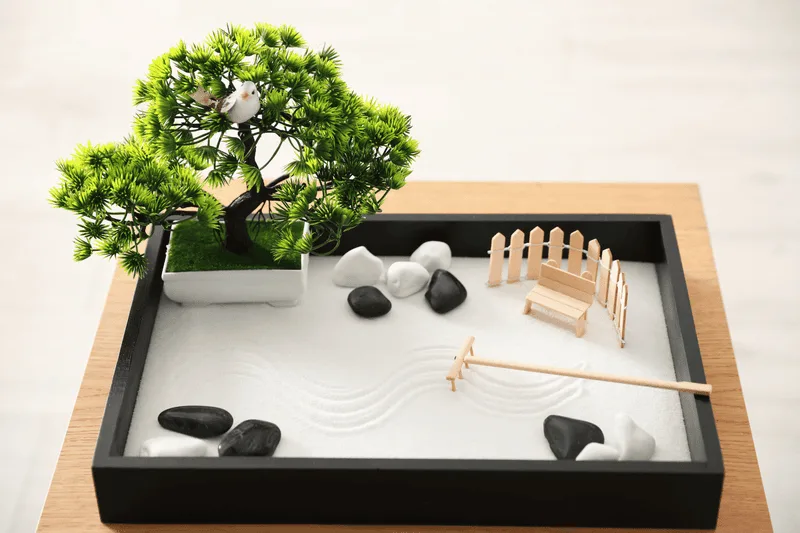
Constructing a Zen garden offers a journey into tranquility and simplicity. The act of raking sand and arranging rocks can be meditative, helping to clear the mind and reduce stress.nnA Zen garden’s minimalist design emphasizes balance and order, reflecting the peace you seek internally. This process of creation allows you to express your thoughts through patterns and arrangements, offering a personal sanctuary for reflection. Such a serene space provides an escape from daily chaos, nurturing mental clarity and serenity.
Pruning and Trimming Plants
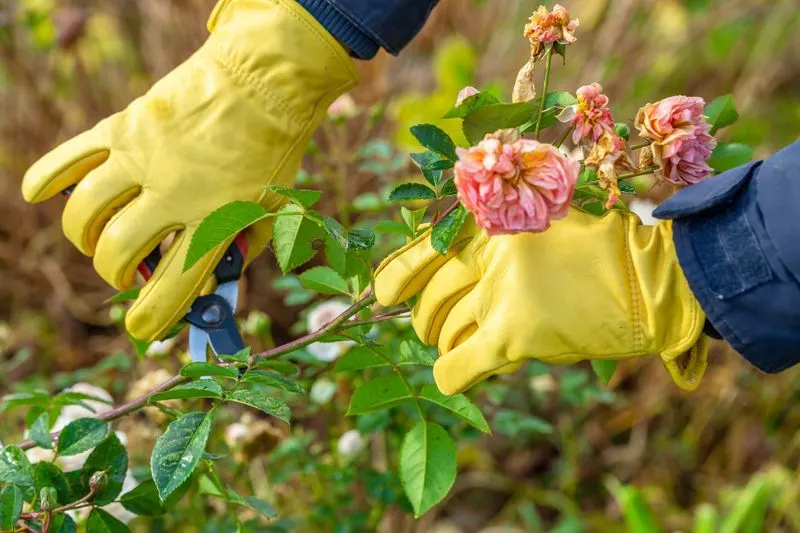
Pruning is more than just maintenance; it’s a practice of mindfulness and care. By removing dead or overgrown branches, you’re allowing plants to thrive, which mirrors personal growth and self-care.nnThis task requires focus and precision, diverting your attention from stressors. Working with plants in this way fosters a connection with nature, providing peace and satisfaction. It’s a simple yet effective way to engage your mind and nurture your garden, leading to a sense of accomplishment and reduced anxiety.
Growing Succulents Indoors
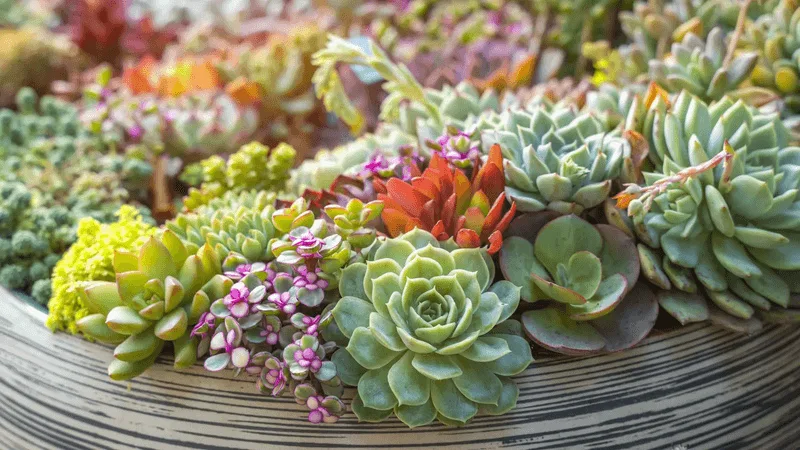
Succulents are perfect for indoor gardening, thriving with minimal care while adding beauty to any space. Their varied shapes and colors offer visual interest, promoting a calm and inviting atmosphere.nnTending to these resilient plants can be therapeutic, especially for those seeking low-maintenance gardening activities. The act of arranging succulents in creative ways stimulates your artistic side, providing a satisfying outlet for self-expression. Caring for these hardy plants reinforces patience and mindfulness, contributing to improved mental well-being.
Harvesting Homegrown Vegetables
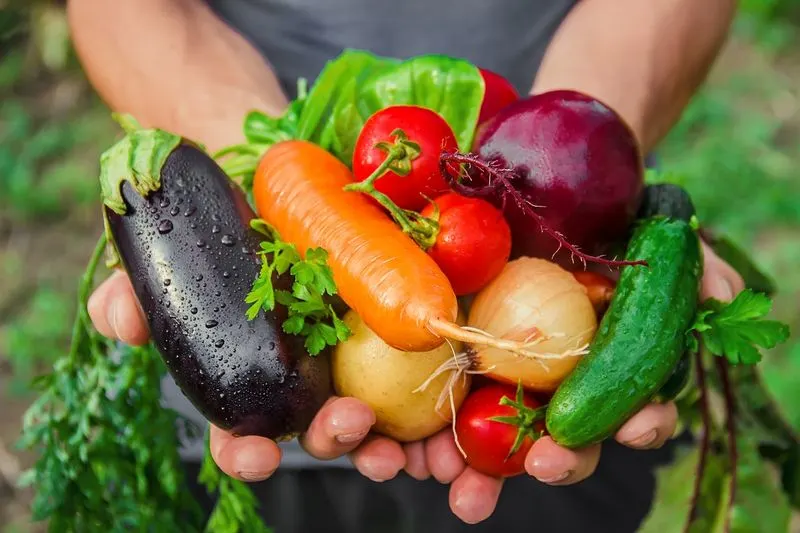
Harvesting vegetables is the culmination of patience and dedication in gardening. There’s a unique joy in picking produce you’ve nurtured from seeds, offering both physical nourishment and mental satisfaction.nnThis activity connects you to the food you consume, enhancing appreciation for the effort involved in growth. Sharing the bounty with family or friends adds a communal aspect, fostering relationships and joy. Harvesting your own vegetables provides a tangible reward and reinforces the cycle of care and growth, reducing stress and enhancing happiness.
Installing a Bird Feeder
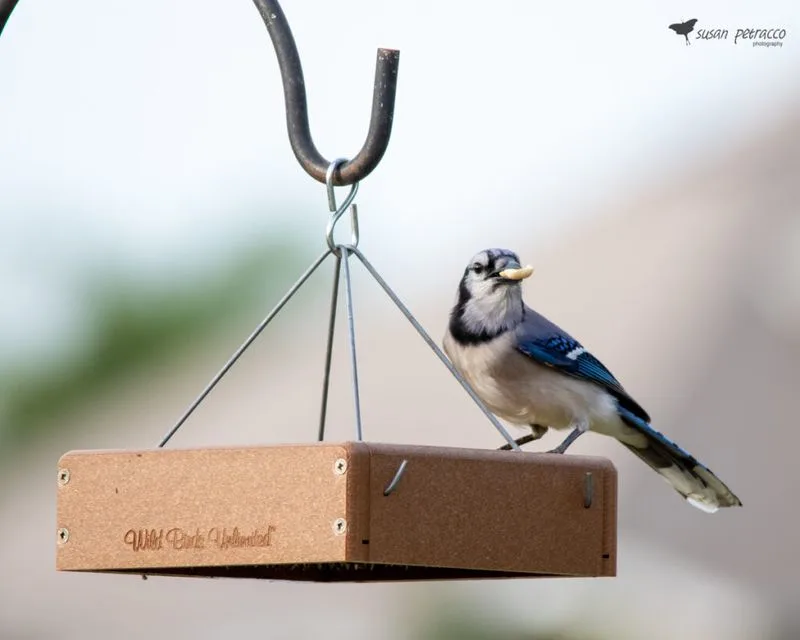
Installing a bird feeder invites avian visitors, adding life and movement to your garden. Observing birds can be a tranquil experience, offering moments of peace and reflection.nnChoosing and positioning the feeder involves thoughtful consideration of your garden’s layout, providing a creative outlet. This simple addition can boost biodiversity in your area, contributing to the local ecosystem. As you watch the birds, you gain a sense of connection to nature, enhancing feelings of calm and reducing stress.
Cultivating a Flower Bed
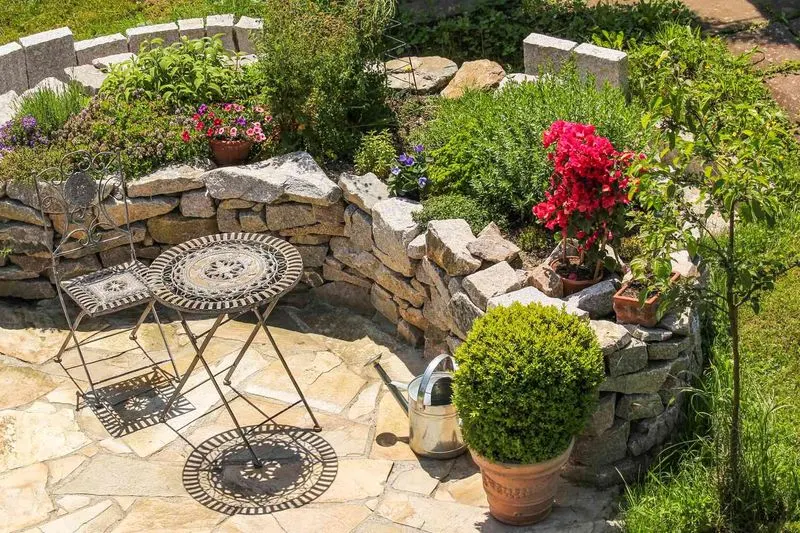
A vibrant flower bed can transform a garden into a lively and colorful retreat. Selecting and planting a mix of flowers encourages creativity and planning, offering a satisfying challenge.nnThe diversity of colors and scents can uplift your spirits, creating a visually pleasing and aromatic escape. As you tend to your flower bed, the routine fosters a sense of purpose and tranquility, perfect for stress relief. Each bloom represents your care and effort, rewarding you with beauty and peace.
Creating a Vertical Garden
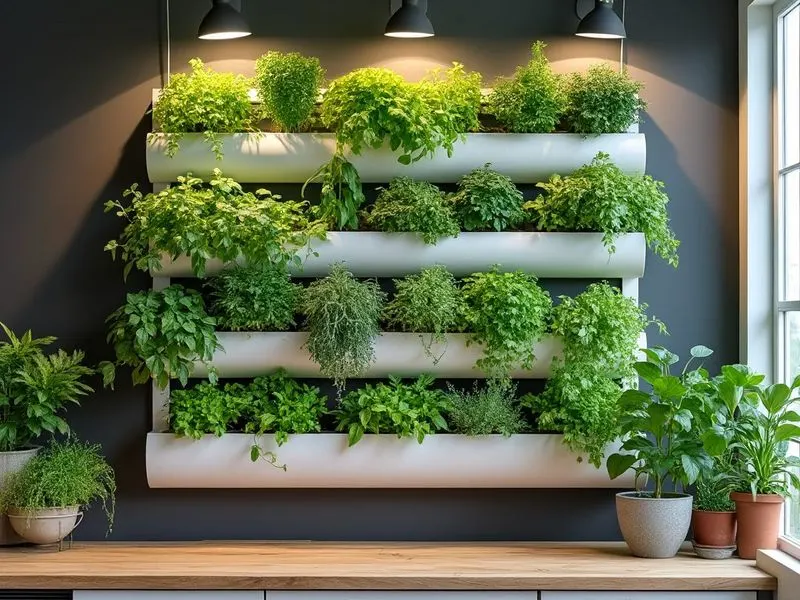
Vertical gardens are ideal for maximizing limited space while adding greenery to urban settings. Designing such a garden involves creativity and problem-solving, offering mental stimulation and satisfaction.nnThese gardens can transform bare walls into living art, providing a unique and refreshing environment. As you nurture these plants, you cultivate a connection to nature, even in bustling cityscapes. This activity encourages mindfulness, as caring for the garden requires attention and care, promoting relaxation and mental well-being.
Engaging in Garden Yoga
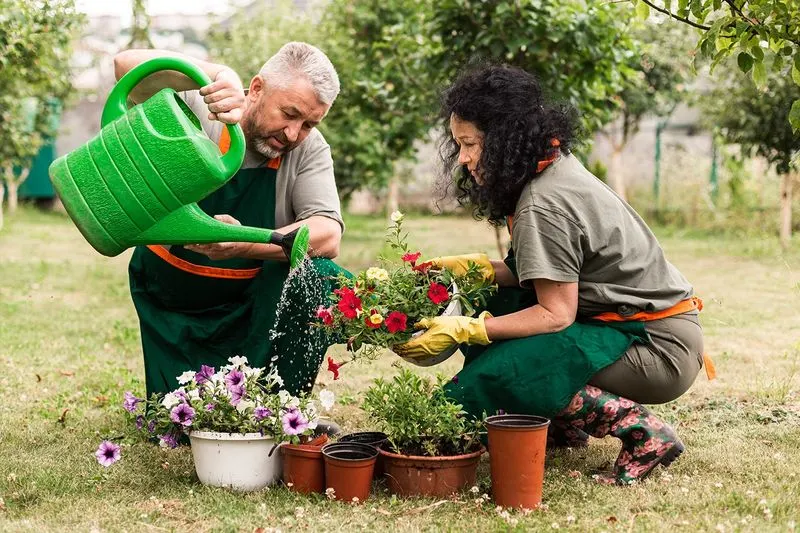
Yoga in a garden blends physical exercise with the calming influence of nature. Performing yoga poses amidst greenery enhances relaxation and deepens your connection to the environment.nnThe natural setting encourages a state of mindfulness, focusing on breath and movement while enjoying the sights and sounds around you. This combination of yoga and gardening offers a holistic approach to stress relief, improving overall well-being. Engaging in this practice regularly can help maintain mental clarity and physical health, providing a balanced and peaceful state of mind.
Setting Up a Greenhouse
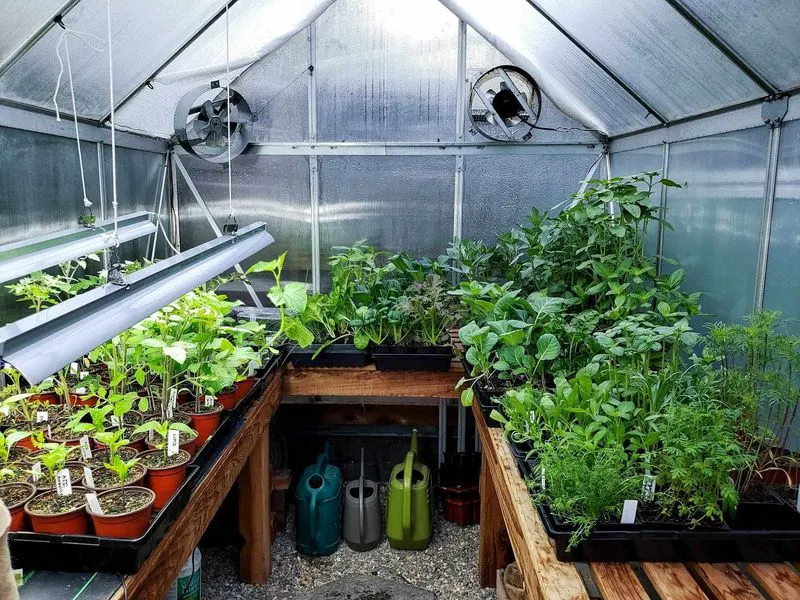
A greenhouse extends the gardening season, offering a controlled environment for plant growth. Setting up and maintaining a greenhouse involves planning and dedication, rewarding you with the joy of year-round gardening.nnThis space becomes a haven for nurturing plants, where you can experiment with different species and techniques. The process fosters creativity and patience, as you adapt to the unique challenges of greenhouse gardening. The sense of accomplishment in creating such a productive environment can significantly enhance mental well-being, reducing stress and promoting satisfaction.
Participating in Community Gardening
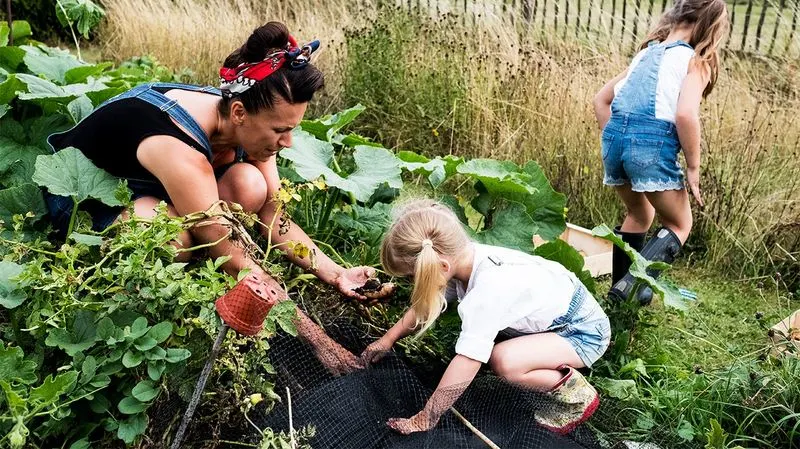
Community gardening offers a unique opportunity to connect with others while nurturing plants. Collaborating with fellow gardeners fosters a sense of camaraderie and shared purpose, enhancing social bonds.nnWorking together to cultivate a shared space encourages learning and growth, both personally and collectively. This communal effort reduces isolation, bringing joy and satisfaction as you witness the garden’s progress. Participating in such activities strengthens your connection to your community and the environment, promoting well-being and reducing stress.
Exploring Hydroponic Systems
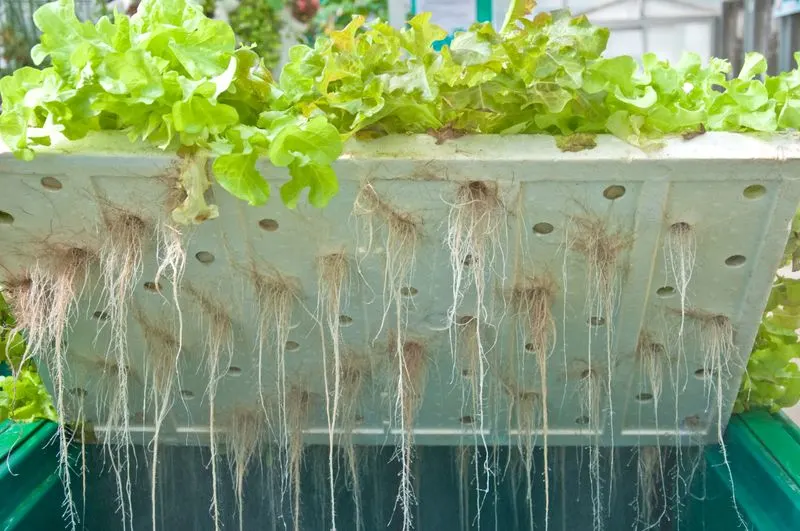
Hydroponics offers an innovative approach to gardening without soil, suitable for indoor spaces. Setting up a hydroponic system requires learning and creativity, stimulating your mind and curiosity.nnThe efficiency of hydroponics allows for faster plant growth and higher yields, offering satisfaction in seeing quick results. Engaging with this modern gardening method can be a rewarding way to embrace technology and nature simultaneously. The process promotes problem-solving and patience, enhancing mental clarity and reducing stress.
Practicing Forest Bathing
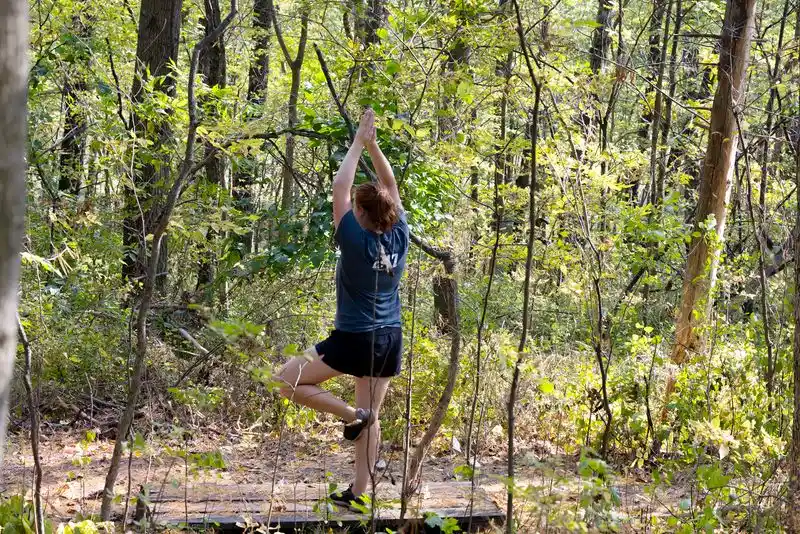
Forest bathing, or Shinrin-yoku, involves immersing yourself in a forest atmosphere to promote relaxation and well-being. This practice encourages mindfulness and connection to the natural world, offering a peaceful retreat.nnThe sights, sounds, and scents of the forest engage your senses, reducing stress and anxiety. Walking through the woods at a leisurely pace allows you to unwind and recharge, fostering mental clarity. This natural therapy enhances your mood and overall health, providing a deep sense of peace and tranquility.
Hosting a Garden Tea Party
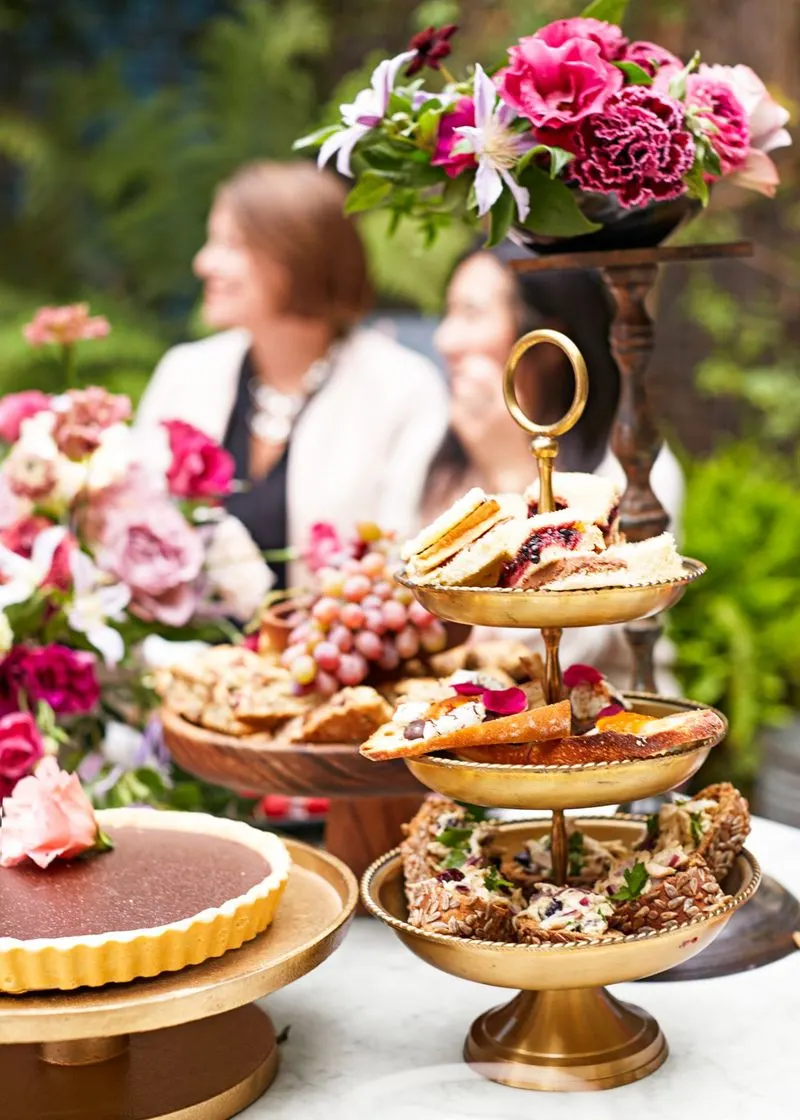
A garden tea party combines social interaction with the tranquility of nature, offering a delightful way to unwind. Hosting such an event involves creativity in decoration and menu planning, providing a satisfying challenge.nnThe ambiance of a garden setting enhances relaxation, as guests enjoy the beauty of your outdoor space. This gathering fosters connections and joy, contributing to a sense of community and well-being. Sharing this experience with friends or family creates lasting memories and reduces stress, offering a peaceful and enjoyable respite from everyday life.
Learning Topiary Art
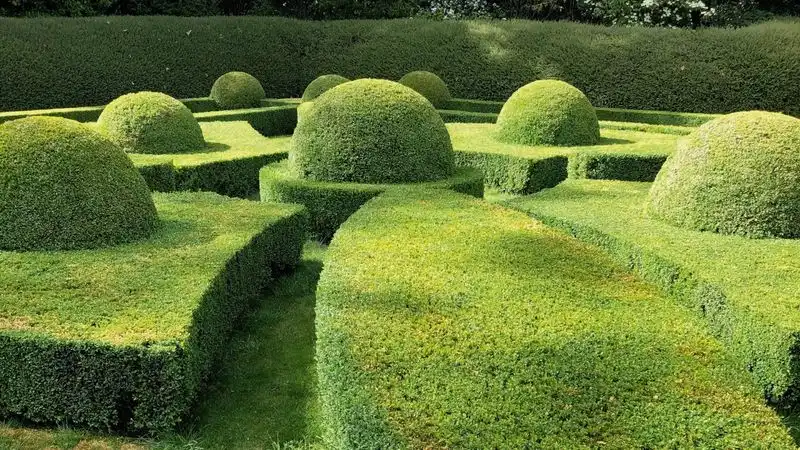
Topiary art involves sculpting plants into decorative shapes, combining gardening with artistic expression. This creative endeavor requires patience and precision, offering a unique challenge.nnCrafting topiary shapes can be meditative, as you focus on the form and detail of each plant. This activity stimulates your imagination, allowing you to create living art within your garden. The satisfaction of mastering this skill enhances mental clarity and reduces stress, turning your garden into an artistic retreat.

